In the Garden this week at Gravetye Manor
Monday 31st July 2023
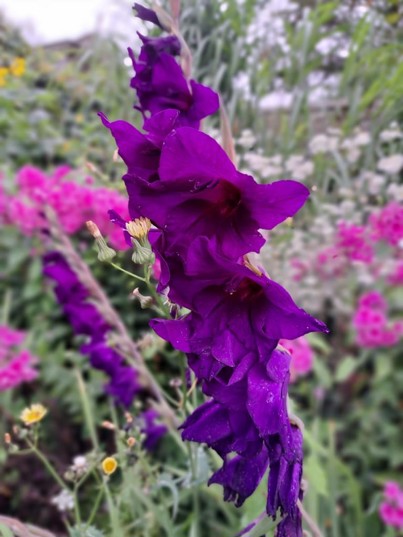
Gladioli Perpriflora
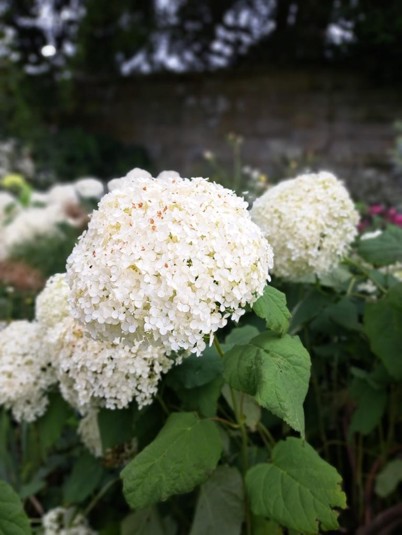
Hydrangea Arborescens 'Annabelle'
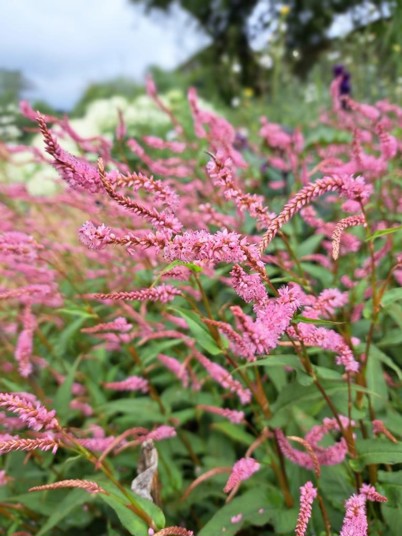
Persicaria 'Pink Elephant'
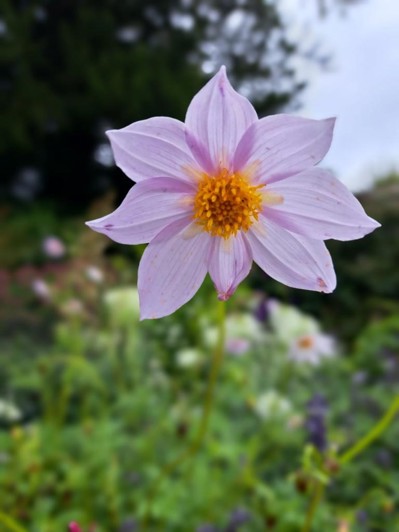
Dahlia Merckii
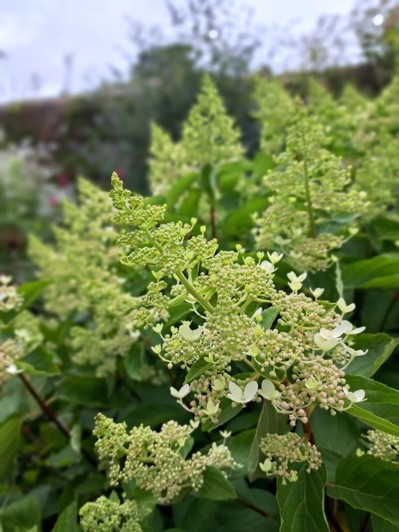
Hydrangea Paniculata 'Big Ben'
Pictures by Head Gardener Tom
Please note the bedrooms pictured are a selection of those in that category.
Book a Room
If there is no availability showing online for your chosen date, please call 01342 810567 to be placed on a waitlist.
If you have made a bedroom reservation, then a table in our dining room has been automatically reserved for you. Further information click HERE.
We accept bookings for tables of up to 6 people. Non-Resident restaurant bookings can only be made up to six months in advance. For bookings of 7 or more please email events@gravetyemanor.co.uk for Private Dining details.
Our dress code for the dining room is smart casual, smart jeans are acceptable, however in the evenings, men do tend to wear a jacket.
We only accept children over the age of seven at the manor. Unfortunately, pets are not allowed at Gravetye.
We require credit card details to secure the reservation. A fee of £50.00 per person is incurred if the reservation is cancelled within 24 hours prior to your booking.

Please note the bedrooms pictured are a selection of those in that category.
Book a Room
If there is no availability showing online for your chosen date, please call 01342 810567 to be placed on a waitlist.
If you have made a bedroom reservation, then a table in our dining room has been automatically reserved for you. Further information click HERE.
We accept bookings for tables of up to 6 people. Non-Resident restaurant bookings can only be made up to six months in advance. For bookings of 7 or more please email events@gravetyemanor.co.uk for Private Dining details.
Our dress code for the dining room is smart casual, smart jeans are acceptable, however in the evenings, men do tend to wear a jacket.
We only accept children over the age of seven at the manor. Unfortunately, pets are not allowed at Gravetye.
We require credit card details to secure the reservation. A fee of £50.00 per person is incurred if the reservation is cancelled within 24 hours prior to your booking.

Gladioli Perpriflora

Hydrangea Arborescens 'Annabelle'

Persicaria 'Pink Elephant'

Dahlia Merckii

Hydrangea Paniculata 'Big Ben'
Pictures by Head Gardener Tom
